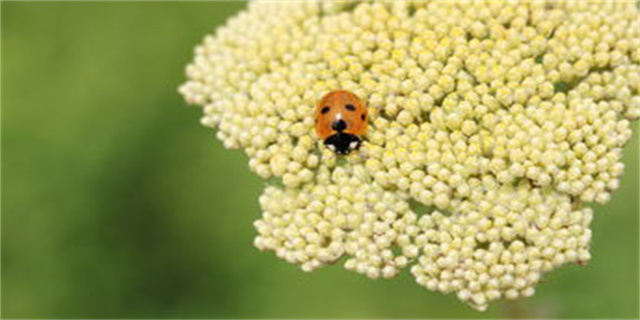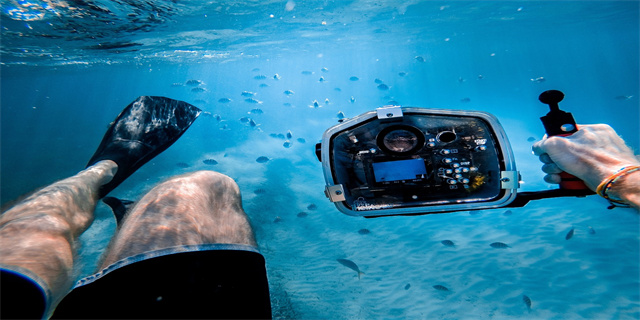最佳答案Snakehead: A Fierce Predator of Freshwater EcosystemsIntroduction The snakehead, also known as the Channa, is a remarkable group of freshwater fish that has gai...
Snakehead: A Fierce Predator of Freshwater Ecosystems
Introduction
The snakehead, also known as the Channa, is a remarkable group of freshwater fish that has gained notoriety for its aggressive behavior and ability to adapt to various environments. Native to parts of Asia and Africa, snakeheads have been introduced to other parts of the world, including the United States. In this article, we will explore the fascinating characteristics, ecological impact, and potential threats associated with the snakehead.
The Characteristics of Snakeheads

Snakeheads are easily distinguished by their elongated bodies and snake-like appearance, with some species reaching lengths of over three feet. They have a powerful jaw filled with sharp teeth, allowing them to prey on a wide range of organisms, from smaller fish to frogs and even birds. Their ability to breathe in air allows them to survive in oxygen-poor waters or even move across land for short distances.
The Ecological Impact of Snakeheads

Snakeheads are aggressive predators that can have a significant impact on the ecosystems they invade. Their voracious appetite and ability to adapt to different environments make them formidable competitors for resources with native species. They can decimate local fish populations, disrupt the food chain, and even cause the extinction of certain species. In some cases, snakeheads have been found to prey on juvenile alligators and waterbirds, further upsetting the natural balance of aquatic communities.
Potential Threats and Control Measures

The introduction of snakehead species to non-native areas has raised concerns among ecologists and fishery managers. Snakeheads are highly adaptable and can thrive in a variety of freshwater habitats, including lakes, rivers, and ponds. Due to their aggressive nature and rapid reproduction rate, they can quickly establish self-sustaining populations, outcompeting and displacing native fish. Efforts are being made to monitor and control snakehead populations, with some strategies including the use of traps, electrofishing, and chemical treatments. Public education and awareness campaigns are also essential to prevent the unintentional release of snakeheads into new environments.
Conclusion
The snakehead is a remarkable fish species with unique adaptive traits. However, its introduction to non-native ecosystems can have devastating consequences for local biodiversity and ecological balance. The aggressive nature and rapid population growth of snakeheads make them a formidable predator and a challenging species to control. Increased research, monitoring, and prevention efforts are necessary to mitigate the potential impact of these invasive fish on freshwater ecosystems across the globe.






